As the monsoon clouds gather over the Indian subcontinent and the parched earth exhales its first breath of relief, there arrives a month unlike any other — Sawan. Also known as Shravan, this sacred time in the Hindu calendar is not just a passage of days but a spiritual journey, a celebration of nature, and a renewal of the soul. Whether you’ve grown up watching your grandmother prepare Shiva offerings or are discovering Sawan anew through the scent of petrichor and temple bells, this month holds something deeply human and universally healing.
READ MORE : https://Sawan Special: Vrat Wale Aloo with Kuttu Ki Puri – A Soulful Fast-Day Delight
The Arrival of the Monsoon: Nature’s Serenade
Sawan usually falls in July-August, coinciding with the monsoon season in India. The skies open up, trees glisten anew, rivers are reborn, and life pulses in vivid green. But the rain is more than a meteorological event — it’s symbolic. It washes away the dust of the past months, soaks the spirit, and nourishes the land — just as devotion nourishes the soul. There’s something intimate about the sound of raindrops during Sawan. It’s almost like nature whispering prayers of its own.
READ MORE : https://digitalmohit.co.in/
Shiva’s Month: A Time of Spiritual Awakening
At the heart of Sawan is Lord Shiva, the cosmic yogi, the destroyer of ego, and the deity of transformation. According to legend, during this month, Shiva drank the deadly poison Halahala that emerged from the Samudra Manthan (churning of the ocean) to save the world — making this a time of sacrifice, introspection, and immense gratitude. For millions, Mondays in Sawan (Sawan Somwar) are days of fasting and prayer. You’ll find long queues at Shiva temples, people with marigold garlands, chanting Om Namah Shivaya, and an aura of deep, peaceful surrender.
READ MORE : https://digitalmohit.co.in/category/food-racipe/
Why do people fast?
Fasting is not just abstinence from food — it’s a form of mental clarity. It’s saying: “Let me quiet my desires so I can hear the divine better.” It’s as much about health and discipline as it is about devotion.
The Kanwar Yatra: A Pilgrimage of Pure Will
Across Northern India, you’ll see saffron-clad devotees, Kanwariyas, walking barefoot for miles, carrying holy Ganga water to offer to Shiva. Some come from bustling cities, others from sleepy villages, but all are united by faith, music, and camaraderie. It’s more than a pilgrimage — it’s a human story of resilience, purpose, and shared devotion. Despite the hardships — heat, blisters, rain — their faces radiate a kind of joy only faith can bring. It’s not just about reaching the temple; it’s about transforming the self along the way.
Renewal Beyond Religion: Sawan for the Modern Soul
You don’t have to be religious to feel the soul of Sawan.
This month, in its essence, is about cleansing, growth, and letting go. Much like spring in the West or Ramadan in Islam, Sawan invites you to slow down, reflect, and reconnect — with yourself, with your values, and with something larger than daily hustle. In a world spinning ever faster, Sawan says:
Pause. Listen. Breathe.
Watch the rain kiss the earth. Let go of what no longer serves you. Water the parts of you that have felt dry and distant. Whether it’s journaling in a café while the rain taps your window, taking digital detoxes on Mondays, or meditating with Shiva mantras — Sawan offers a path for every seeker.
Rituals that Ground Us
Every home, every region has its way of honoring Sawan. Some of the most cherished practices include:
- Offering Bel Patra (Bilva leaves) to Shiva – said to cool his fierce energy.
- Lighting lamps in temples – a symbol of inner illumination.
- Fasting with sattvik (pure) foods – fruits, milk, nuts, and clean ingredients.
- Singing bhajans and reading scriptures – connecting with ancestral roots.
- Sawan swings (Jhula) – especially in parts of North and Eastern India, where young girls swing under trees and sing songs of Radha and Krishna.
It’s culture, celebration, and devotion woven into everyday life.
Final Thought
It reflects who we are and invites us to become who we’re meant to be — softer, braver, lighter, and a little more in love with life.






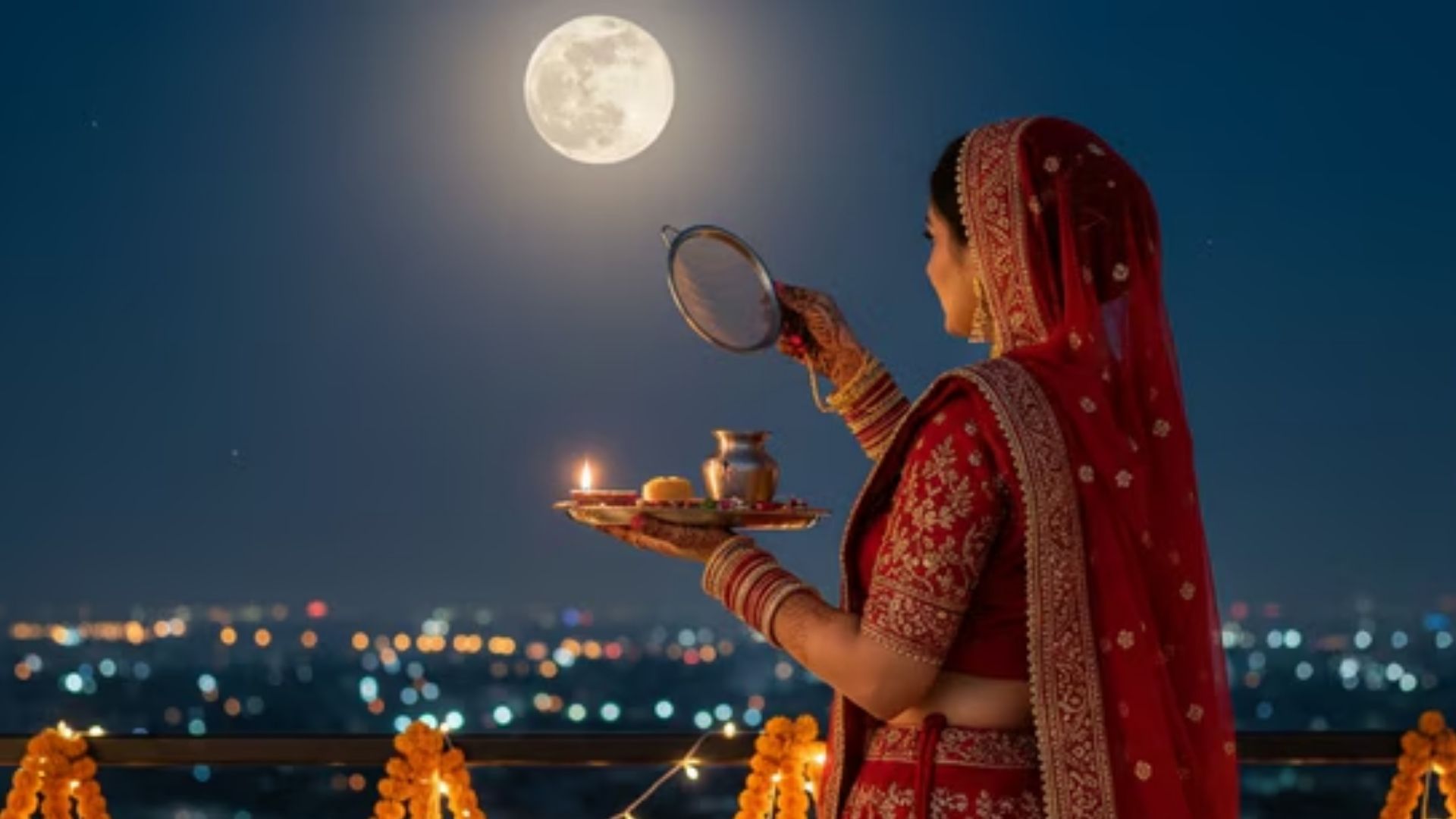

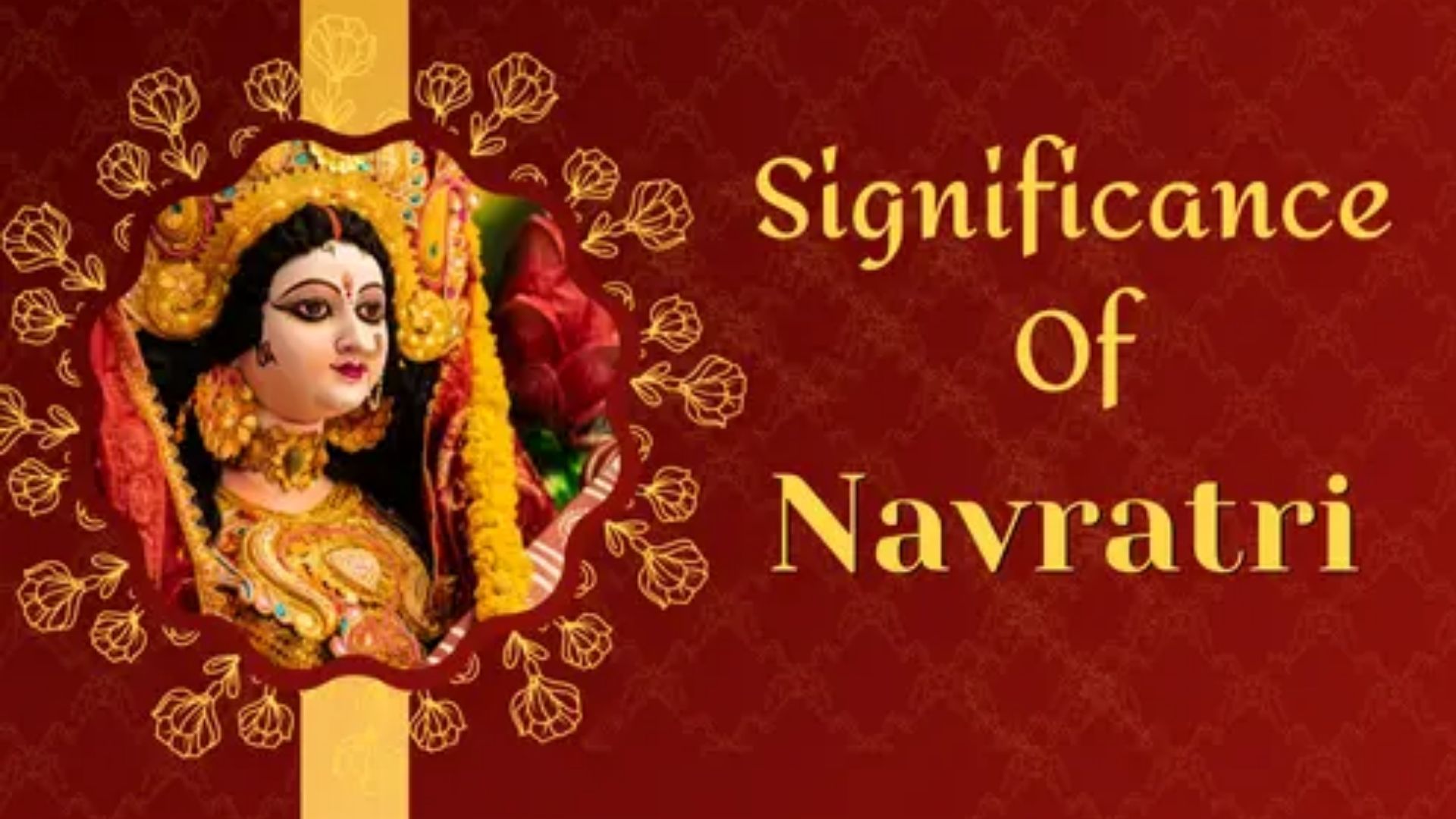
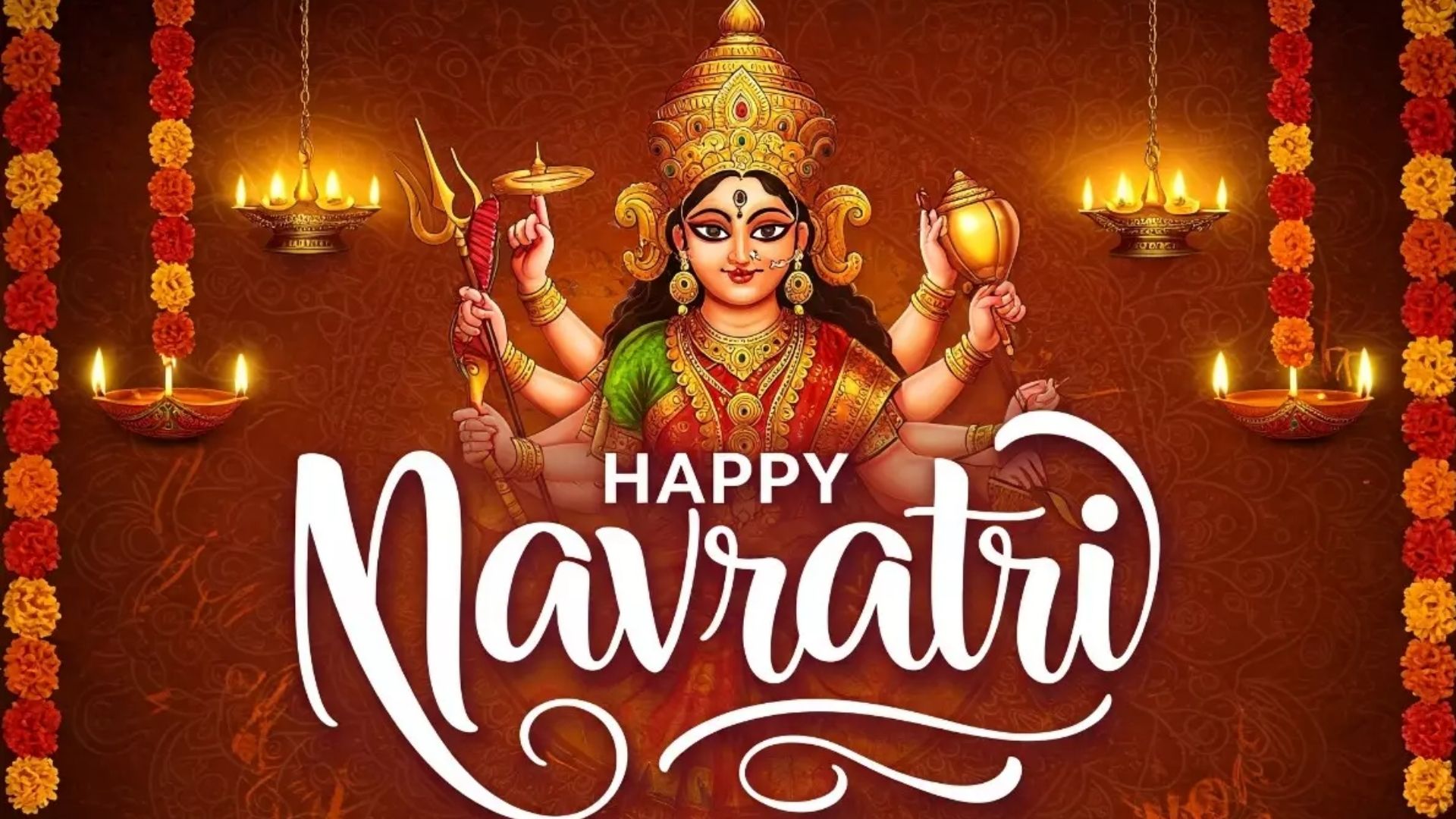
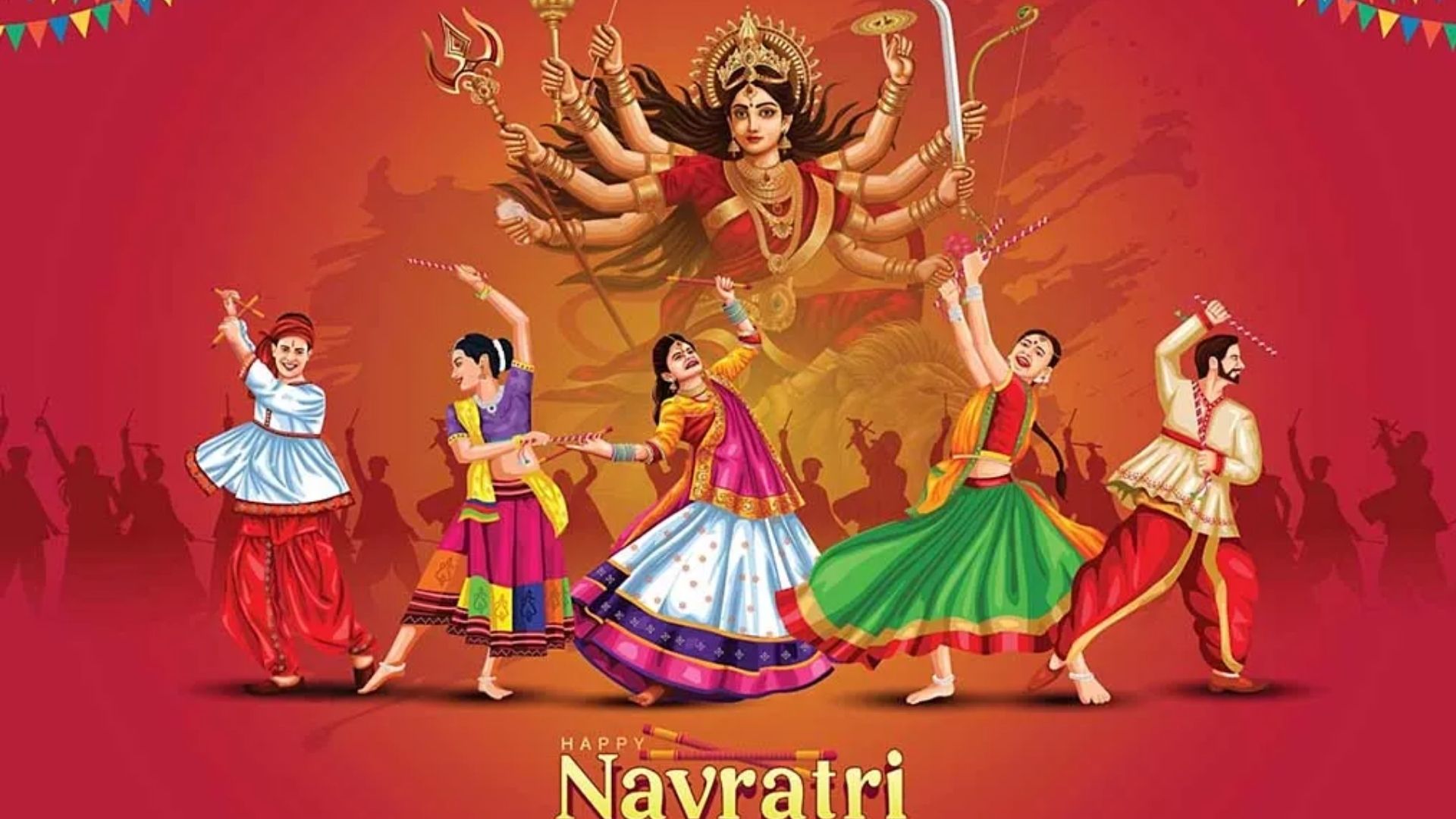
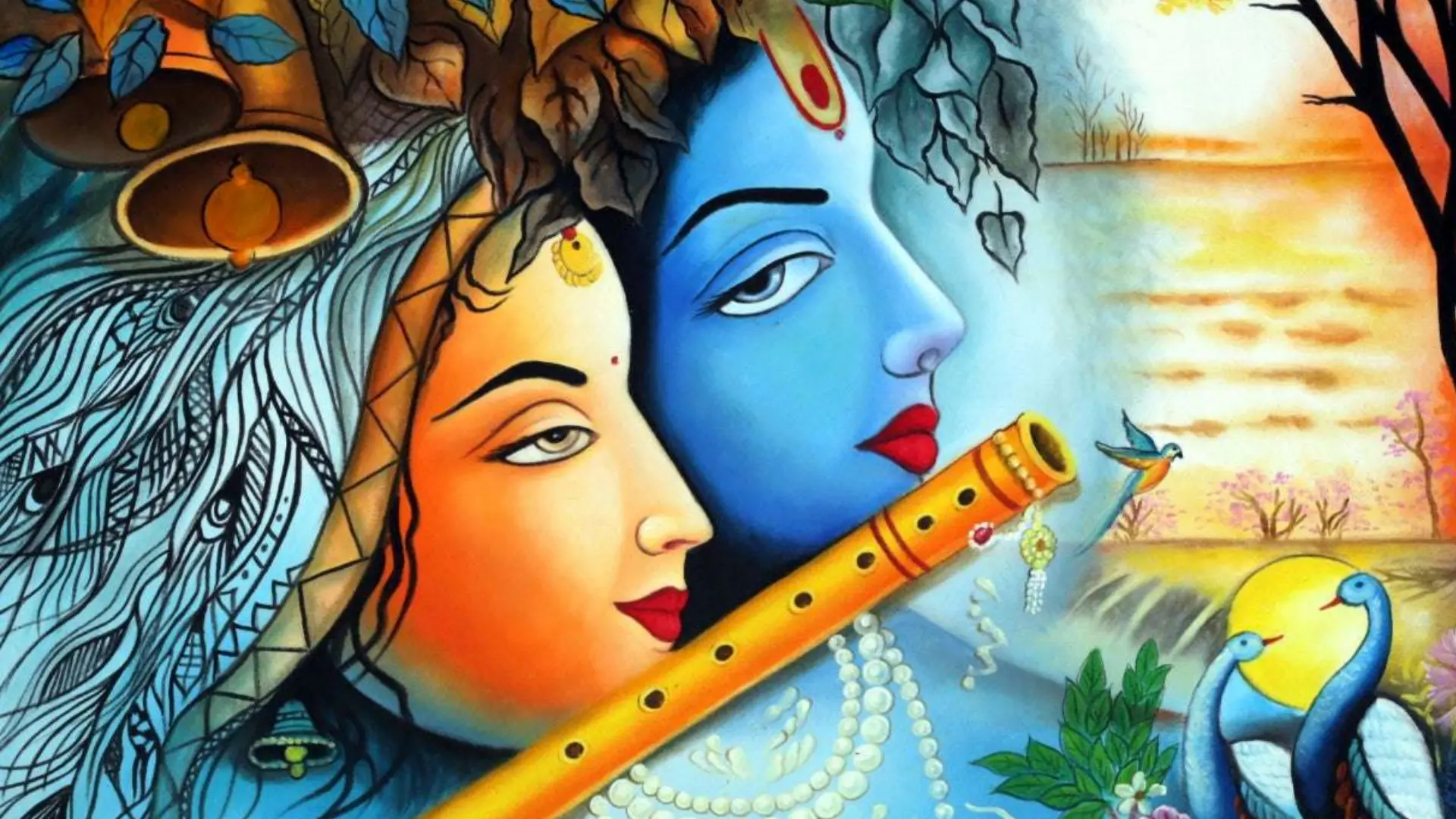




Leave a Reply